Welcome to Flavigny-sur-Ozerain, a stunning village in the heart of the Côte-d’Or in Burgundy, and the birthplace of a historic French treat… the Anis de Flavigny! I was invited to discover where it is made, and to be completely honest, I had no idea that this sweet, which I have seen since I was a child, actually came from Burgundy.
Burgundy is truly one of the most beautiful regions of France. Some might say it’s a rather flat countryside, which is partly true, but it is also a land of golden landscapes, sculpted green valleys, and soft morning mists that give the hills a magical touch. It is mostly known for its vineyards, of course, but did you know it is also home to one of the oldest sweets in France?
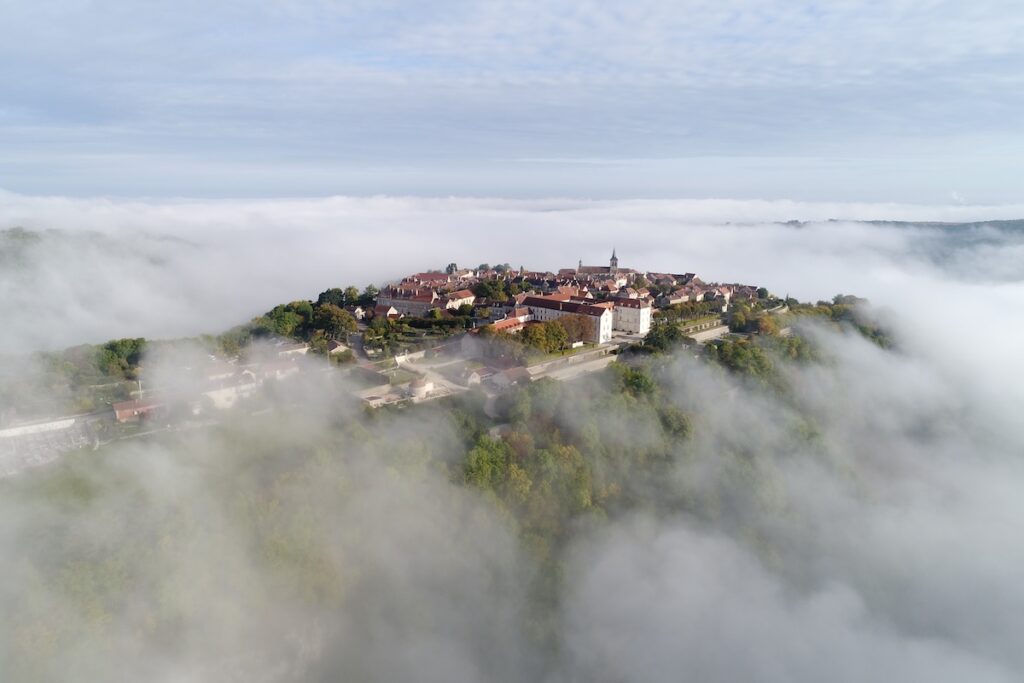
Anis de Flavigny: Four centuries of sugarcoating
The moment we stepped into the village, we could smell the anis in the air. There was no doubt we were in the right place. Finding the small factory, nestled beside the remains of the ancient abbey where it all began, already felt like stepping into the charming courtyard of a doll’s house. On one side stood the ruins and the abbey’s crypt (almost all that remains of the original monastery), while on the other was a lovely café. At the back of the yard, a room was filled with traditional wooden games made in eastern France.
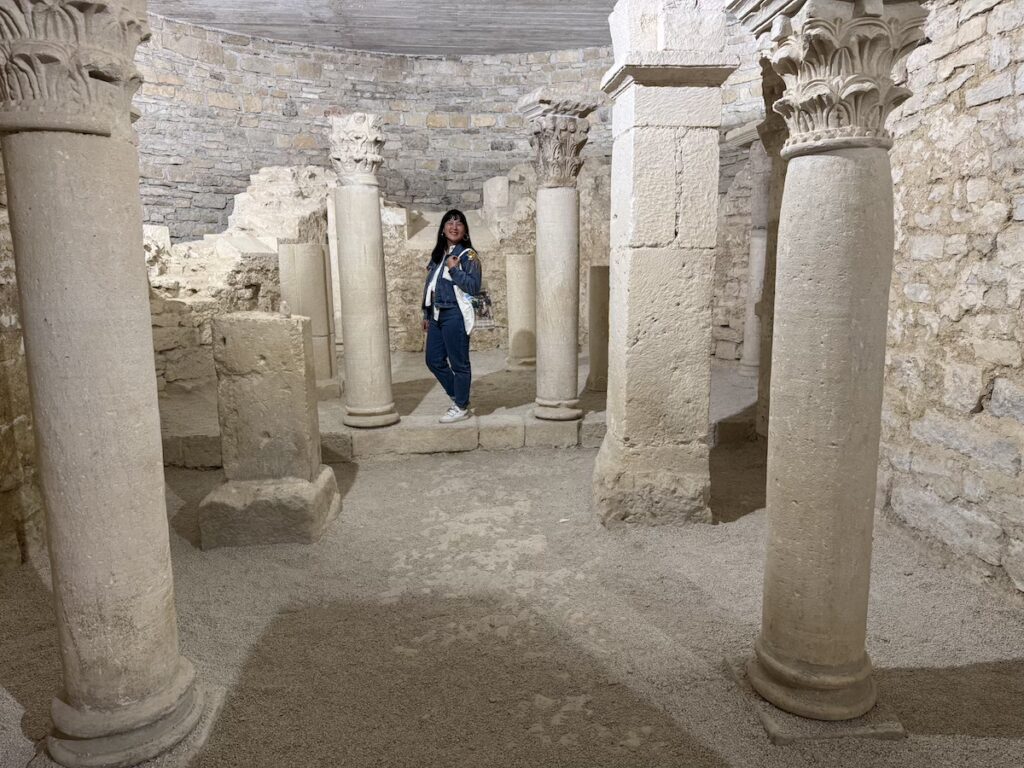
In this nostalgic and welcoming setting, we were greeted by our guide, who explained with passion that Anis de Flavigny have been made on this very site for over 400 years. While the exact origins of the production remain unclear, there are records from Semur-en-Auxois (another beautiful town nearby) mentioning anises made in Flavigny-sur-Ozerain as early as 1591.
We also know that anise seeds were brought to France, and to Flavigny in particular, as early as 52 BC during the Gallic Wars, when Vercingetorix, the Celtic leader, fought against the Romans. Back then, soldiers already consumed anise seeds for their reputed digestive benefits.
The monks of Flavigny began coating the seeds in sugar to preserve them longer. At the time, sugar was expensive, and sweets were a luxury reserved for royalty and nobility. These treats, known as “chamber spices,” were far less accessible than they are today. After the French Revolution, villagers also began producing the same sweet. But little by little, production was brought back to the abbey’s manufacture, right where it had all started.
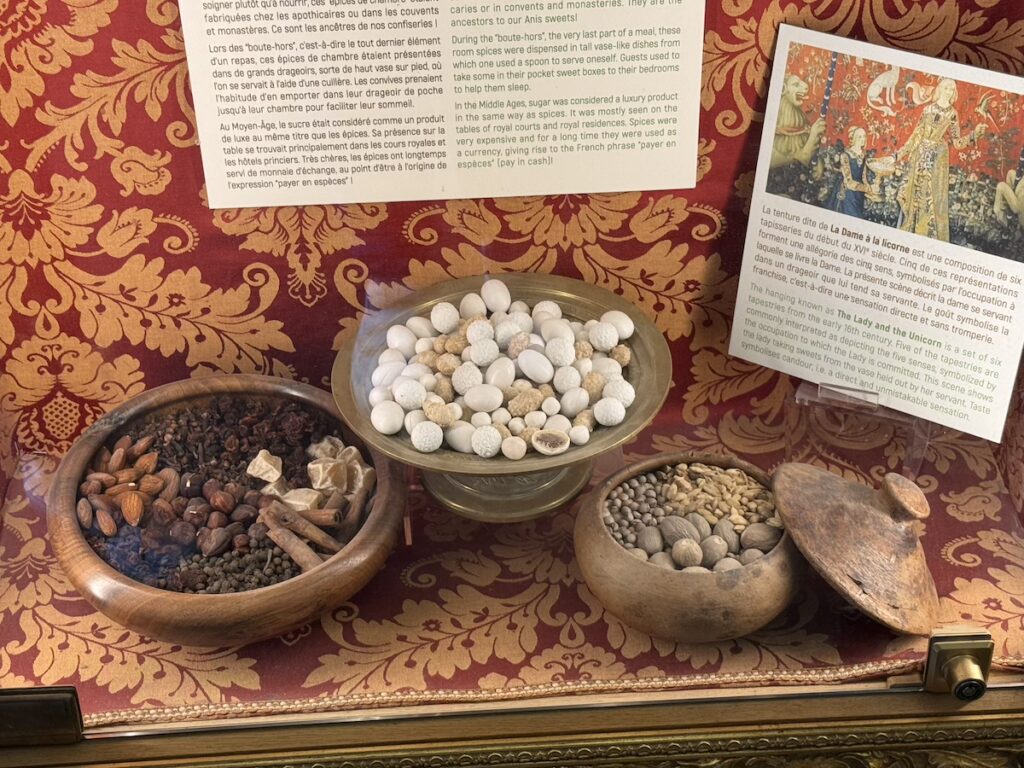
The Secrets of the Oldest Sweet in France
In one part of the building, the surprisingly small Anis de Flavigny workshop hums with activity. No photos are allowed here to preserve the discretion of the process, but we’re fascinated by what we see. Step by step, we follow how a tiny anise seed transforms into the smooth, round, perfectly sized sweet we’ve known since childhood. It takes 15 days of sugar-coating in large copper cauldrons to produce a proper Anis de Flavigny. Ultimately, filters sort out any that are too small or too large to meet the brand’s quality standards.
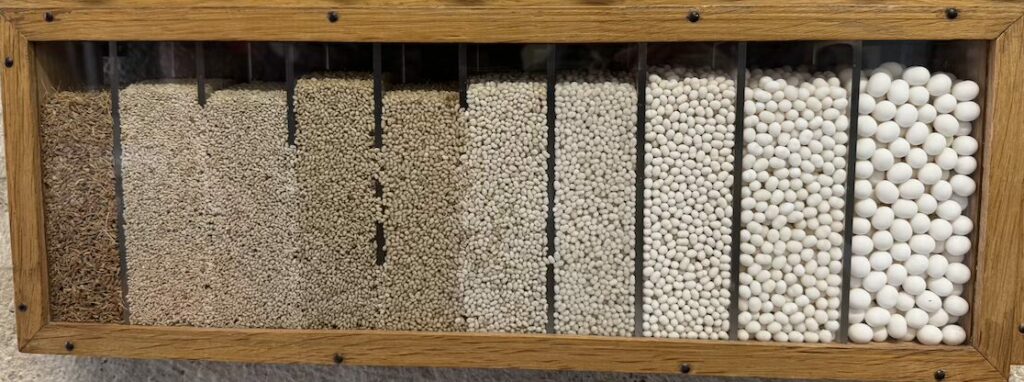
Since I don’t like the anis flavour that much, I was delighted to learn that, beyond the original flavour, the families who have carried on this legacy (the current one has run the factory and brand for three generations) have developed other varieties over time. Lemon, mint, rose, violet, orange blossom… there’s an Anis for everyone!
The Anis iconic boxes: a long-lasting love story
If you ask any of your French friends, they might not recognise the name right away — but show them the box, and I’m sure they’ll know exactly what you’re talking about: the Anis de Flavigny. I can’t resist telling you the beautiful story behind these boxes, as they’re truly iconic and how most people identify the sweet.
Back when anis were still produced by several manufacturers throughout the village, each one had their own version of the illustration: a shepherd and a shepherdess in love, with a little sheep by their side. They represented “the innocence of love”.
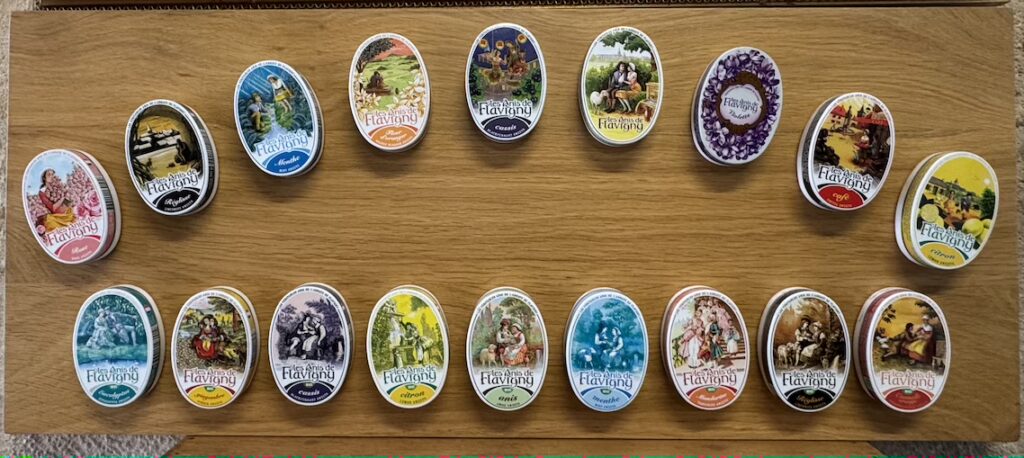
When the current owner from the Troubat family took over, she was inspired by Chinese serial paintings and reimagined the shepherd couple’s love story across the different flavours. Each box now tells a new chapter: the shepherdess, hopeful and single; the shepherd, alone by the village; then the moment they meet and fall in love, getting to know one another. On the original flavour’s box, you’ll find a reworked version of the traditional illustration. The violet box, covered in flowers and my personal favourite, symbolises their wedding. And in the final chapter, they live happily in the village with their children.
I just love this story and how imaginative Madame Troubat was in creating such a poetic visual collection. For those interested in illustrations, all the originals are still present in the museum!
Time-travel in the Anis de Flavigny museum
Our last stop: the museum! Get ready to dive into the history of one of the oldest sweet brands in France. The museum, located in the former workshops, perfectly matched that nostalgic atmosphere. Entirely wood-panelled with a vintage feel, it felt like stepping into another era. This was probably my favourite part of the visit.
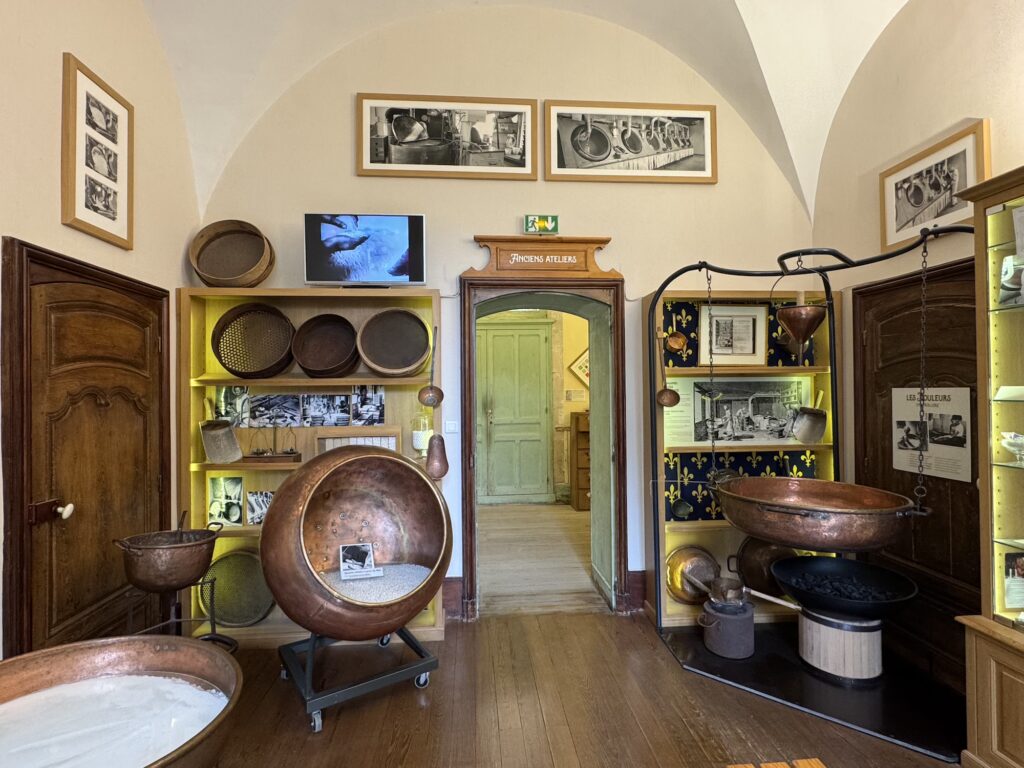
Through the preserved workshops, you’ll discover 400 years of Anis de Flavigny making, and how the brand has developed over time, winning the hearts of not only the French, but also sweet lovers around the world, thanks to its variety of flavours, charming boxes, and traditional French illustrations.
First, we learnt about the history of sweets in France and saw the old tools used to make the Anis, like the beautiful vintage scales and giant copper cauldrons. I was thrilled to see them up close! Even more interesting was the former packaging line, which seemed very modern for its time.
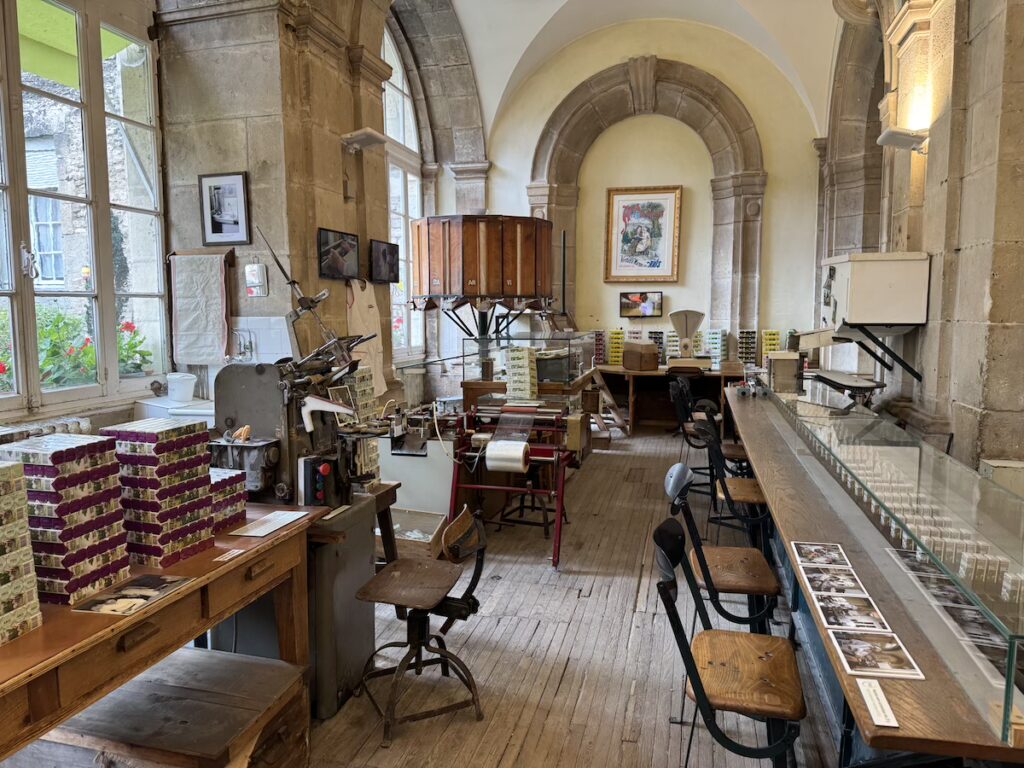
One of the former owners also had the bright idea to distribute the sweets in the Paris metro using early vending machines, which really helped boost the brand’s visibility and sales at the time. As someone who works in communication, I loved seeing how an old, heritage brand found ways to stay modern and creative through the vision of its owners.
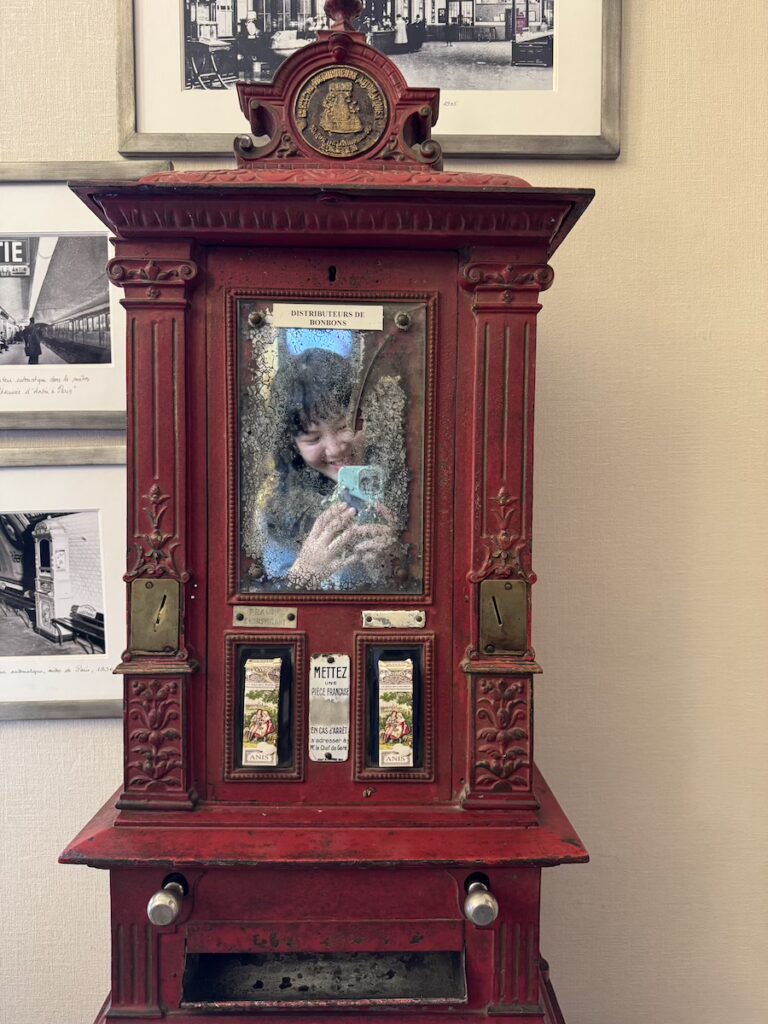
And last but not least: a fully sensorial visit, from the interactive room where you can guess the different flavours using olfactory boxes, to the complimentary tasting at the end. Yes… You get to try them all!
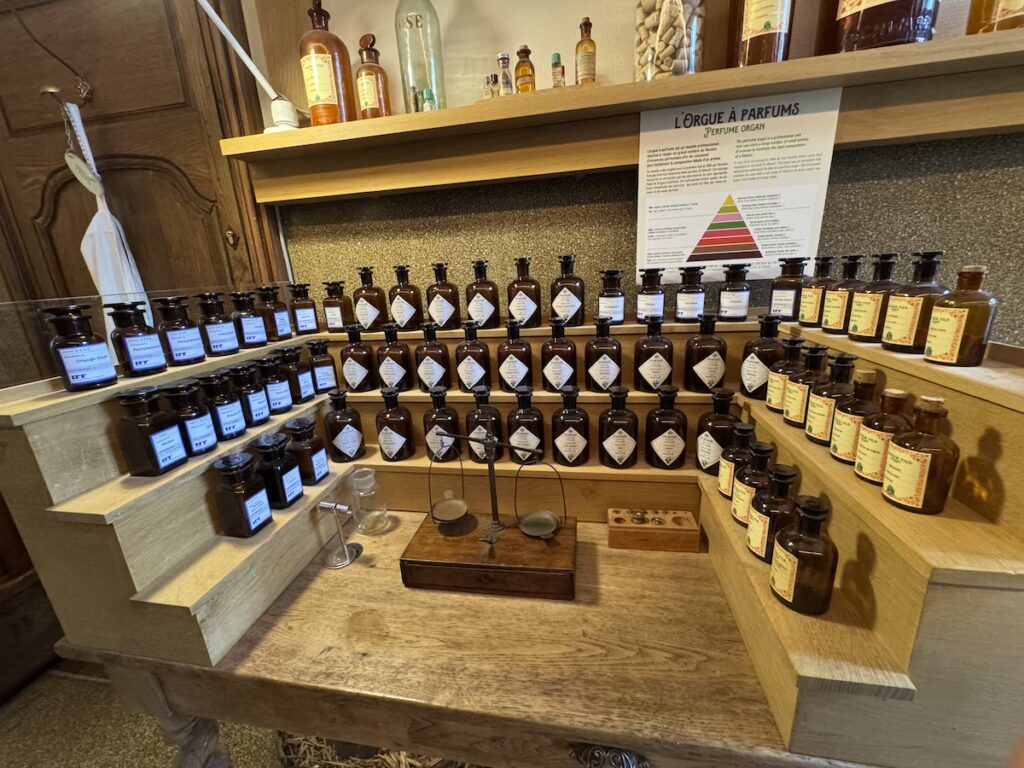
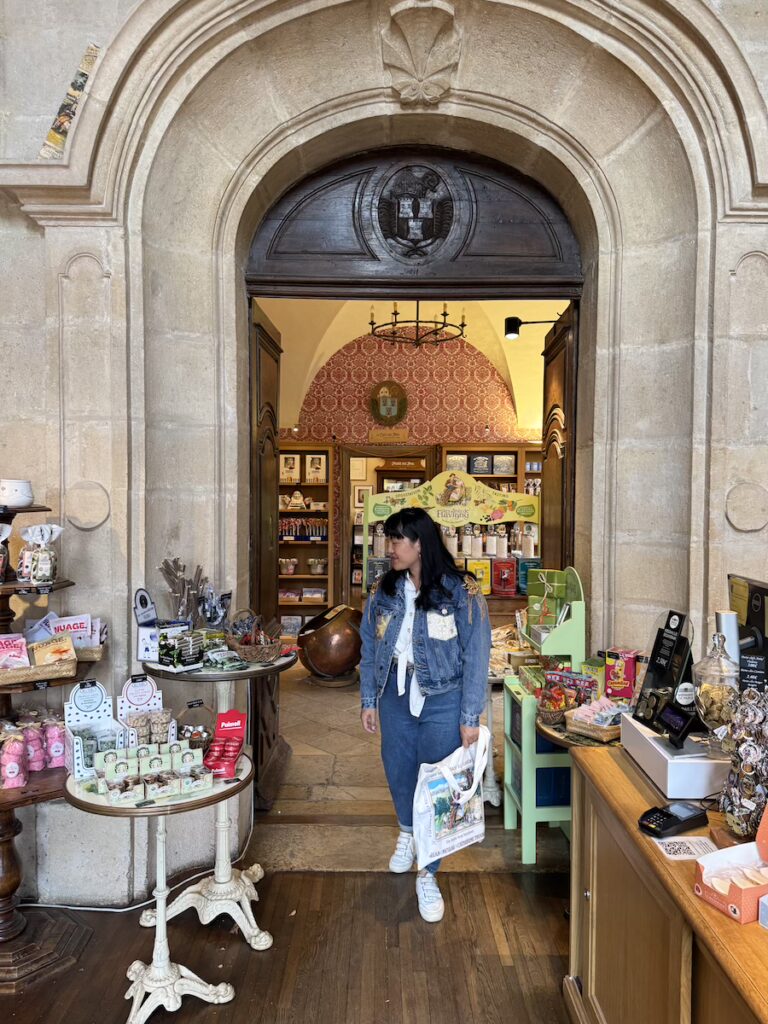
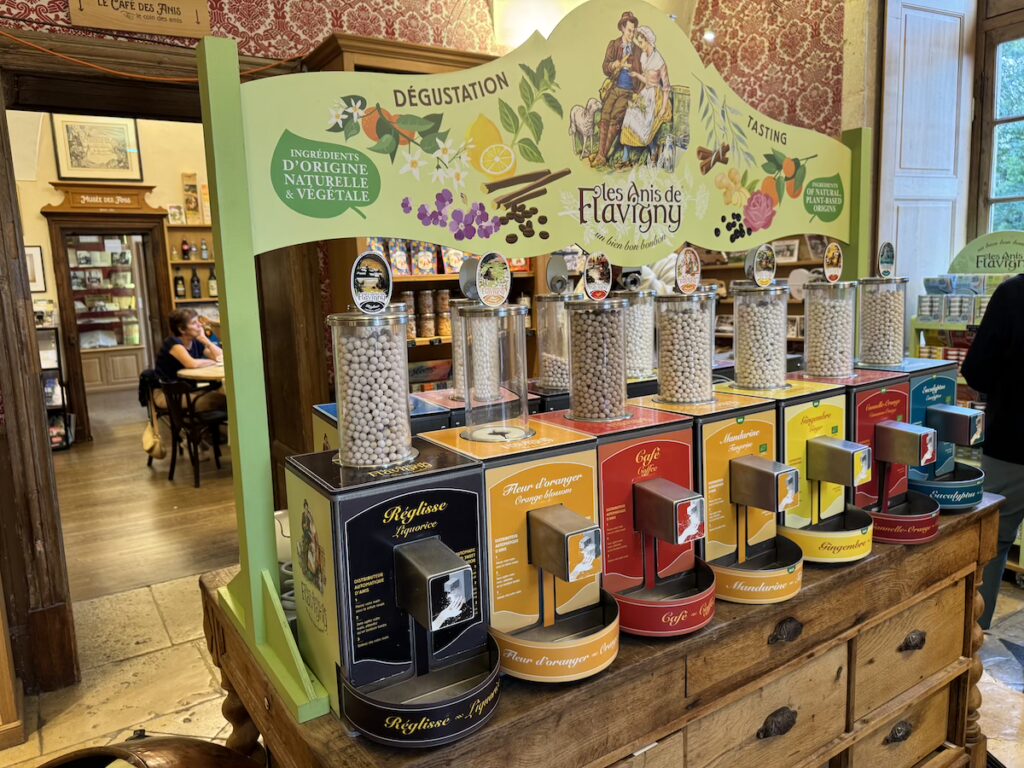
All in all, this was a truly magical and unexpected discovery. I was blown away by the quality of the experience! I recommend a stop at the Abbaye de Flavigny without hesitation to anyone curious about French heritage and sweets!
Anis de Flavigny visit: practical info
- Abbaye de Flavigny: la Fabrique d’Anis: 4, rue de l’Abbaye, 21150, Flavigny-sur-Ozerain
- Visits of the crypt and the museum in the former workshops are free of charge
- Guided tours of the sugar-coating workshop are available from February to November
- Check the opening times on the website.
- anisdeflavigny.com / @anisdeflavigny
- Don’t skip the village itself. If you have more time, explore the surroundings: history lovers will enjoy the Alesia MuséoParc, and fans of picture-perfect towns will fall in love with the medieval village of Semur-en-Auxois.
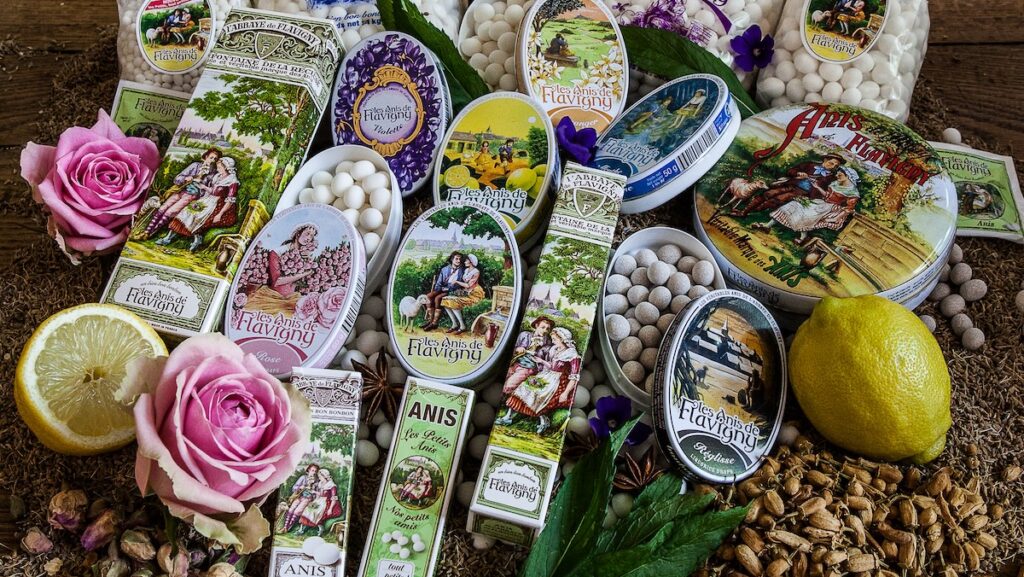

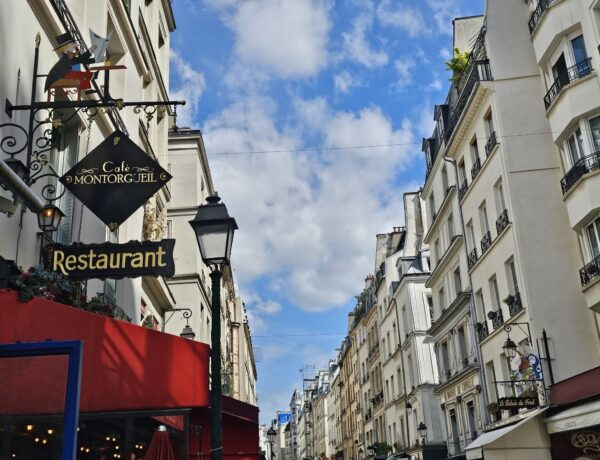
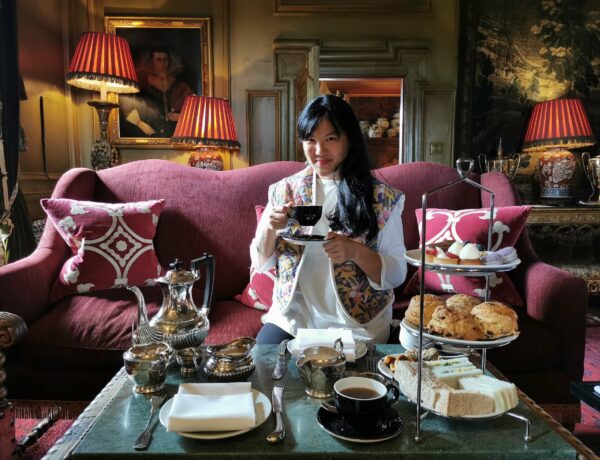
No Comments